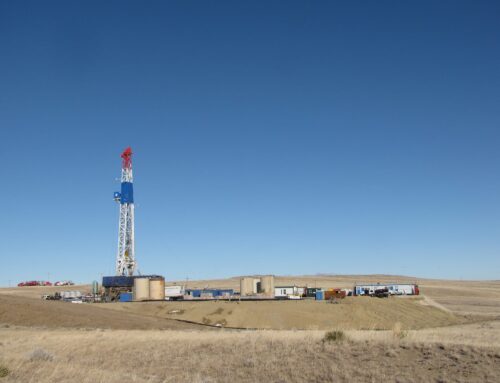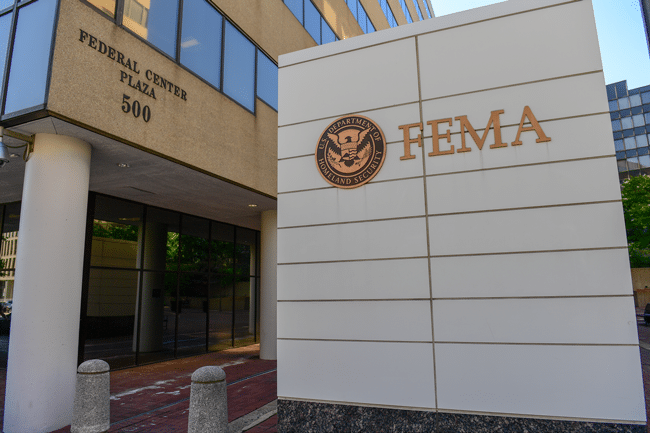The latest Senate rewrite of the sprawling budget reconciliation bill quietly delivers a windfall to the biofuels industry—reviving long-expired subsidies, expanding eligibility for a major tax break, and opening the door for even greater taxpayer costs in the years ahead.
Tucked inside the tax title is a revised version of the Section 45Z Clean Fuel Production Credit, now projected to cost $25.7 billion over the next decade, according to the Joint Committee on Taxation’s (JCT) estimate released Saturday.
The credit, originally created by the Inflation Reduction Act and scheduled to expire in 2027, is now extended through 2029 under the Senate package—two years shorter than a previous proposal but still a two-year bonus for eligible producers. The change shifts the bulk of the cost to the final years, with $10.5 billion expected to hit in FY2029 alone.
That spike isn’t just due to the extension. The Senate draft preserves a controversial carveout that eliminates penalties for “indirect land use change”—the additional greenhouse gas emissions that occur when expanding biofuel production drives the conversion of forests or grasslands into farmland elsewhere. As a result, corn ethanol and soy-based biodiesel—already mandated under the Renewable Fuel Standard and subsidized since the Carter era—could again dominate the subsidy stream.
The credit’s design also opens the door to a growing renewable diesel market and sustainable aviation fuel (SAF), both expected to expand dramatically by the end of the decade. If current trends continue, the cost of the credit in 2029 and 2030 could exceed even the JCT projection, especially if aviation fuel facilities ramp up production to qualify.
And that’s not all. The bill resurrects and increases the small agri-biodiesel producer tax credit, last active in 2024. It would now run from mid-2025 through 2026, layered on top of 45Z. In effect, some producers could claim multiple overlapping credits for the same gallon of fuel.
With a final Senate vote expected as early as this week, the true cost of these provisions—both fiscal and environmental—may not be fully known until long after the credits have taken effect. But the sticker shock is already setting in.










